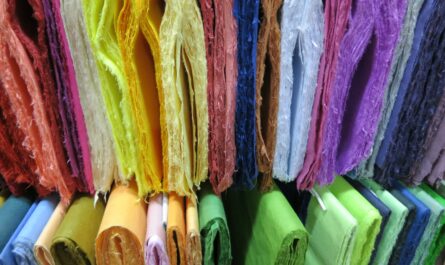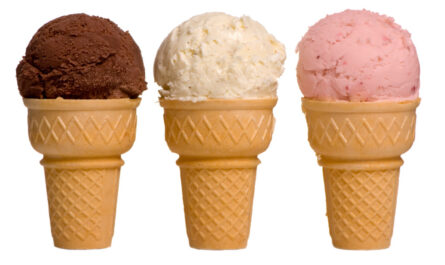The pharmaceutical glass tubing industry plays a vital role in the global healthcare sector by producing the glass components required for drug manufacturing and medical packaging. Glass tubing is a crucial material for the production of cartridges, syringes, vials, and ampoules that contain liquid medications, vaccines, and other injectable products. The industry has experienced steady growth in recent decades due to rising healthcare expenditures and demand for new drug therapies around the world.
Global Demand and Regional Markets
The expanding global population and increasing prevalence of chronic diseases have fueled strong demand for Pharmaceutical Glass Tubing products. This, in turn, has driven the need for pharmaceutical-grade glass tubing to package these drugs and therapies. North America, Europe, and Asia represent the largest regional markets, collectively accounting for over 80% of worldwide pharmaceutical glass tubing consumption. The rapid economic development and growing middle class in Asia have stimulated significant growth in the regional glass tubing market, as healthcare access expands across India, China, and other emerging countries.
Stringent Quality Standards
Given that glass packaging comes into direct contact with injectable drugs and administered into patients, pharmaceutical glass tubing must meet rigorous quality and purity specifications. Tubing is subjected to leachable and particulate testing to ensure glass and raw material contaminants do not leach into medications. Manufacturers adhere to good manufacturing practices and undergo regular audits to maintain compliance with industry standards and regulations set by the U.S. FDA and other international health authorities. Traceability is also crucial, as tubing is tracked from raw material to finished component.
Key Manufacturing Considerations
The most common manufacturing process for pharmaceutical glass tubing involves drawing heated glass rods or bundles into continuous tubes of precise diameters. Tubing lines are housed in controlled cleanrooms to prevent contamination. Strict temperature controls are needed during thermal processing to achieve the desired homogeneity, chemical composition and mechanical strength. Cutting and processing equipment must likewise be thoroughly cleaned between product changeovers. Post-draw treatments including acid etching and lubricant coating are applied to optimize tube surfaces for compatibility with high-speed filling lines. Robust quality control testing is performed throughout production.
Dominant Industry Players
Several large multinational corporations have come to dominate the global pharmaceutical glass tubing supply landscape. The top three vendors – Corning, Nipro PharmaPackaging, and Gerresheimer – collectively account for around half of global tubing output. Other prominent suppliers with significant worldwide presences include Schott, SGD Pharma, and Stevanato Group. In addition, regional specialty glassmakers like Hindusthan National Glass in India cater to local pharmaceutical manufacturers. Industry consolidation has been ongoing as larger firms acquire smaller competitors to build global scale and manufacturing footprints closer to key customer bases.
Syringe Production Dominates Demand
Of the various applications for pharmaceutical glass tubing, syringe production demands the largest volume. Tubing is used to manufacture the glass barrels and components inside prefilled syringes. The convenience and safety of prefilled syringes have made them increasingly common for vaccine, insulin, and other self-administered drug delivery. Vial manufacturing is another major segment, while cartridges and ampoules represent smaller share of the glass tubing market. Demand is also rising for specialized coated tubing variants optimized for novel complex injectable drugs and biologics.
Outlook: Positive Long-term Growth Prospects
Looking ahead, persistent medical innovation and aging worldwide populations are expected to propel pharma glass tubing consumption higher in the coming decades. The global aging trend alone will drive tremendous need for new therapies addressing chronic age-related diseases. Biologic drugs, which often require glass packaging due to stability needs, represent a fast-growing category. Self-injection and home healthcare are on the rise as well. Meanwhile, pharmaceutical firms are under constant pricing pressure to curb drug costs, incentivizing more efficient glass component designs. Overall, the future remains bright for pharma glass tubing suppliers positioned to meet these evolving industry demands through advanced technology and quality leadership.
The global pharmaceutical glass tubing industry constitutes an essential part of the healthcare value chain. By providing the high-purity glass packaging required to deliver lifesaving medications worldwide, industry players contribute greatly to improving patient health outcomes. Going forward, as medical and demographic trends inexorably increase pharmaceutical demand across international markets, the industry stands well-poised for continued development through rigorous quality focus and innovation.
*Note:
1. Source: Coherent Market Insights, Public sources, Desk research
2. We have leveraged AI tools to mine information and compile it
About Author - Ravina Pandya
Ravina Pandya, Content Writer, has a strong foothold in the market research industry. She specializes in writing well-researched articles from different industries, including food and beverages, information and technology, healthcare, chemical and materials, etc. With an MBA in E-commerce, she has an expertise in SEO-optimized content that resonates with industry professionals. LinkedIn Profile


 by
by 


